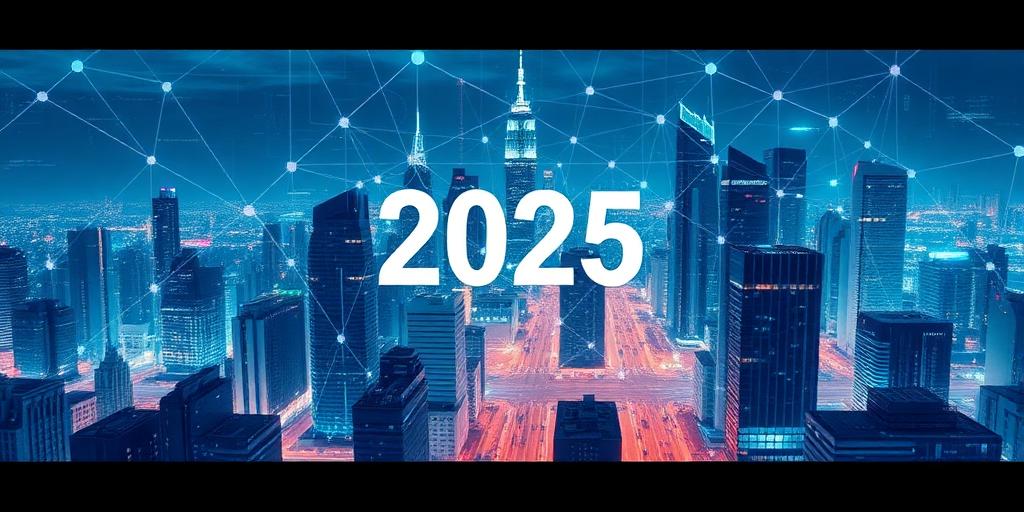Cybersecurity for Remote Work Environments in 2025
The landscape of work is rapidly evolving, with remote work becoming increasingly prevalent. As we look ahead to 2025, it’s crucial to examine the cybersecurity implications of this shift and how organizations can adapt to protect their data and systems.
The Evolving Threat Landscape
Remote work introduces unique cybersecurity challenges. Employees working from home often use personal devices and networks, which may not have the same level of security as corporate infrastructure. This creates opportunities for cybercriminals to exploit vulnerabilities and gain access to sensitive information.
In 2025, we can anticipate:
- Increased Phishing Attacks: Cybercriminals will continue to target remote workers with sophisticated phishing campaigns designed to steal credentials and sensitive data.
- Ransomware Attacks: Ransomware will remain a significant threat, with attackers targeting remote workers as entry points into corporate networks.
- IoT Device Vulnerabilities: The proliferation of IoT devices in homes creates new attack vectors for cybercriminals.
- Insider Threats: Remote work can make it more difficult to detect and prevent insider threats, whether malicious or unintentional.
Key Strategies for Cybersecurity in 2025
To mitigate these risks, organizations must implement robust cybersecurity strategies tailored to remote work environments:
- Multi-Factor Authentication (MFA): Enforce MFA for all employees to add an extra layer of security beyond passwords.
- Virtual Private Networks (VPNs): Require employees to use VPNs when accessing corporate resources to encrypt their traffic and protect against eavesdropping.
- Endpoint Detection and Response (EDR): Deploy EDR solutions on all employee devices to detect and respond to threats in real-time.
- Security Awareness Training: Conduct regular security awareness training to educate employees about phishing, malware, and other cyber threats.
- Data Loss Prevention (DLP): Implement DLP solutions to prevent sensitive data from leaving the organization’s control.
- Mobile Device Management (MDM): Use MDM to manage and secure employee mobile devices.
- Network Segmentation: Segment the network to limit the impact of a security breach.
- Regular Security Audits: Conduct regular security audits to identify and address vulnerabilities.
The Role of Emerging Technologies
Emerging technologies will play a critical role in enhancing cybersecurity for remote work environments in 2025:
- Artificial Intelligence (AI): AI-powered security solutions can detect and respond to threats more quickly and accurately than traditional methods.
- Blockchain: Blockchain can be used to secure data and prevent tampering.
- Zero Trust Architecture: Zero trust is a security model that assumes no user or device is trusted by default and requires verification for every access request.
Conclusion
As remote work becomes increasingly common, organizations must prioritize cybersecurity to protect their data and systems. By implementing robust security strategies, leveraging emerging technologies, and staying informed about the evolving threat landscape, organizations can create a secure remote work environment in 2025 and beyond.
